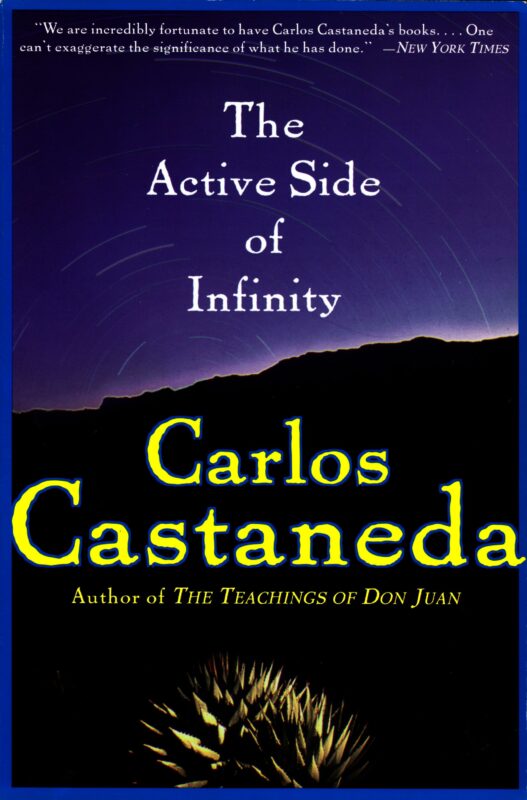The Active Side of Infinity – Saying Thank You
In this chapter, don Juan assigns Castaneda a final task before he can be “swallowed by infinity”: to atone for his personal indebtedness, he must find two women from his past, Patricia Turner and Sandra Flanagan, and give each a gift that will leave him penniless. Castaneda recounts his chaotic and emotionally devastating three-way relationship with them, which ended with all three fleeing from each other. After hiring a private investigator, he finds them both in New York. He meets with each woman, and in emotional reunions, he fulfills his task by buying Patricia a mink coat and Sandra a station wagon. However, instead of feeling liberated, he is overwhelmed by a renewed sense of loss and self-pity. When he reports this to don Juan, he is told to vanquish his self-pity. Castaneda then has a final realization: the true purpose of the task was not for his personal feelings, but to perform an act of magic in the spirit of a warrior-traveler—saying thank you and good-bye by storing the memory of what he loved in his silence.

